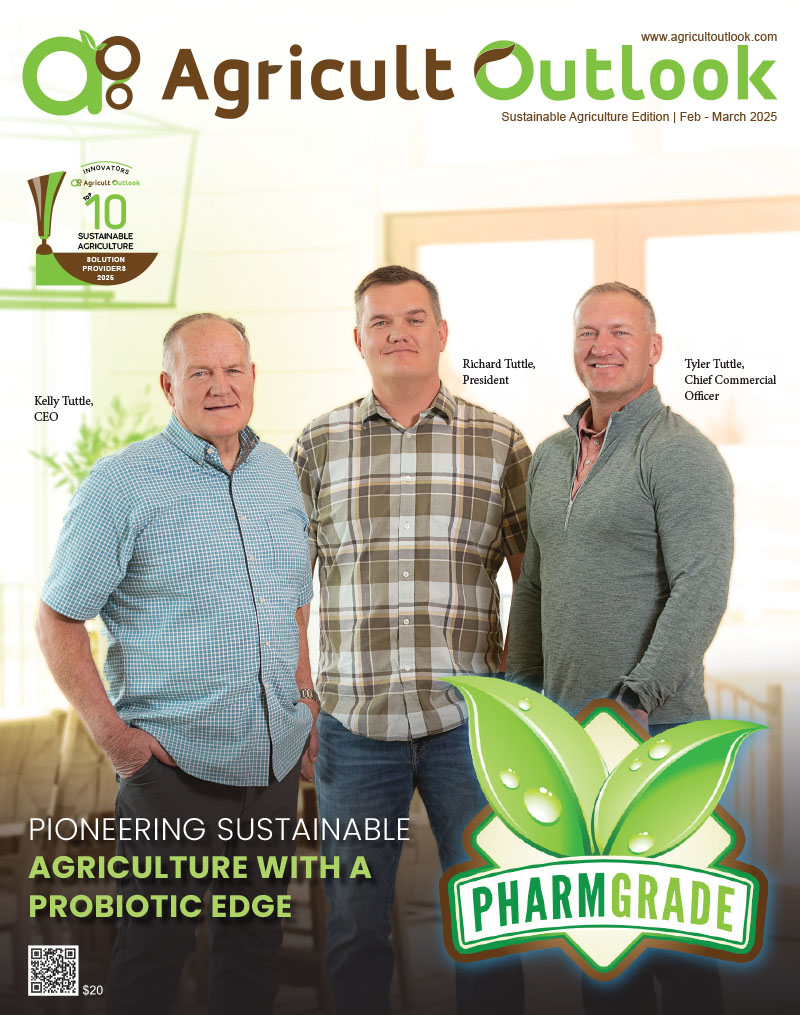Introduction
In today’s agricultural landscape, sustainability and optimization are no longer separate goals; they are deeply interconnected, each reinforcing the other. As the industry faces mounting pressures—from limited natural resources to climate change—sustainable practices are essential. Yet, these practices often align with another powerful objective: optimization. By minimizing excess and maximizing efficiency, agribusinesses can meet both economic and environmental goals. Digital tools, precision applications, and the creation of a “digital twin” of the farm make this integration possible.
The Power of the Digital Twin in Agriculture
A digital twin in agriculture is a virtual model of a physical farm, mirroring real-world conditions and processes through data collected from a variety of sources. This digital representation is built from high-resolution imagery, satellite data, sensors, and advanced analytics. By integrating these elements, the digital twin captures every detail, from individual plants to entire farm blocks, creating a highly granular and precise model of the farm.
The digital twin allows farmers to monitor, analyze, and manage their crops and land with a level of detail previously unattainable. Imagine a virtual map where each plant is represented as a data point. Each data point could contain information on plant health, growth stage, moisture levels, and nutrient requirements, allowing farmers to see the needs of each plant in timely manner.
One powerful aspect of the digital twin is per-plant digitization, where each tree or crop plant becomes a unit in the digital model. For example, in an avocado orchard, each individual tree could be tracked for height, canopy volume, leaf health, and fruit count. By understanding the specific needs and conditions of each tree, farmers can provide targeted treatments, such as adjusting fertilizer levels or water distribution. This per-plant detail not only improves resource efficiency but also helps increase yield and quality by addressing individual plant needs rather than generalizing across the field.
Another critical component of the digital twin is the spatial mapping of farm blocks and boundaries within a Geographic Information System (GIS). This system maps out the farm at a macro level, dividing it into zones or blocks that can be managed individually. These blocks might represent different crop varieties, soil types, or irrigation zones. GIS mapping allows farmers to analyze specific areas, track their performance, and apply treatments with precision.
Smart Planning: Precision-Based Resource Allocation
A comprehensive digital representation of the farm—its soil, crops, water availability, and other key metrics—lays the foundation for creating powerful planning and decision-making tools. With this data-driven model, farmers can forecast requirements with high accuracy and allocate resources precisely where they’re needed. Rather than treating a farm as a uniform unit, the digital model enables Variable Rate Application (VRA) of inputs like water, fertilizers, and pesticides, adjusting for specific needs across different zones.
This approach significantly reduces resource use without sacrificing productivity, as VRA ensures that essential resources are applied only where they add value.
Constant Monitoring for Continuous Improvement
A digital twin is the core of effective, ongoing monitoring, capturing real-time data on soil health, crop growth, and environmental impact. This virtual model provides continuous feedback, enabling agribusinesses to adapt practices rapidly, often in response to immediate conditions rather than waiting for seasonal shifts. By integrating and analyzing data at a granular level, the digital twin allows for proactive adjustments, promoting both resource efficiency and long-term sustainability. This cycle of monitoring and improvement empowers farms to respond dynamically to environmental challenges, ensuring sustainable growth and resilience.
Optimization as a Financial Driver of Sustainability
When farms operate efficiently, they not only reduce their environmental impact but also enhance their resilience. By “putting on the optimization glasses,” agribusinesses can align their financial objectives with sustainability goals. This alignment empowers farmers to sustain productivity while simultaneously lowering their ecological footprint.
With a live and continuously updated digital twin, agribusinesses can quantify their optimization gains and sustainability achievements in financial terms. This digital representation also enables swift sharing, reporting, and submission of results for auditing, making it easier to demonstrate progress and meet regulatory standards. This seamless integration of financial and environmental metrics exemplifies how digital tools can drive both profitability and sustainability.
Conclusion
Agribusinesses can use digital twins to drive optimization and sustainability. Precision irrigation and targeted fertilizer application cut costs and conserve resources, while pest monitoring reduces pesticide use. Yield prediction improves harvest logistics, minimizing waste, and soil health monitoring supports regenerative practices. These examples highlight how optimized resource use aligns with sustainable farming goals.







